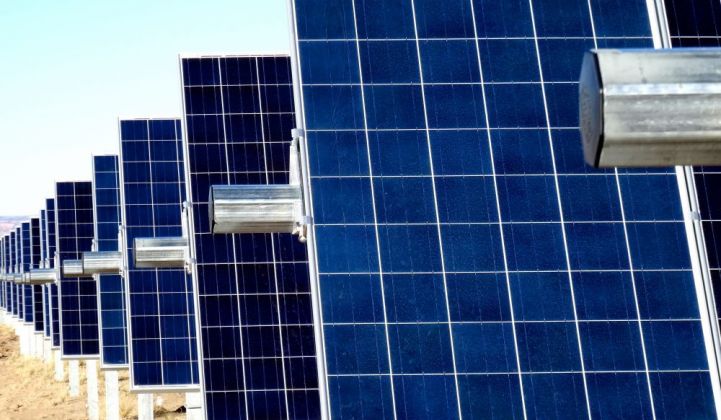
It’s widely acknowledged that solar trackers are an essential tool for achieving higher energy production -- as a rule, trackers increase energy production by between 15 and 25 percent compared to fixed-tilt Photovoltaic holder racking systems. But while selecting solar trackers alone is an important first step, there are solar damper additional steps that should be taken to produce the most kilowatt-hours possible from a utility-scale solar power plant. It’s also vital for the designers of solar projects to carefully consider optimal tracker layouts and site designs, as this solar inverter can boost energy production by an additional 5 or 6 percent.
Employing optimal design strategies to maximize energy production is especially important in northern areas of the United States, where steeply declining system prices have made solar financially viable despite the fact that solar insolation is so much lower than in places like California and Arizona.
“If you solar tracker actuator were to look solar availability solar damper or solar potential in some of the newer northern markets, you would find that the solar resource is a lot less [than in the Southwest]. Developers need to squeeze every kilowatt-hour out of every project, and they are doing that by utilizing trackers and optimizing their layouts,” said Stephen Smith, principal at Solvida Energy Group, a technical consulting firm that is currently engaged in 1.5 gigawatts of projects solar tracker actuator around the world.
Smith believes that the particular interest utility-scale solar project developers and owners in northern areas have in utilizing optimal tracker layouts will soon be the solar slewing drive norm regardless of geography. Looming tariffs from the Section 201 trade case are part of the reason, though the eventual end of the federal Investment Tax Credit makes it a Photovoltaic holder necessity.
“As the ITC fades away, we are going to be looking at getting more kilowatt-hours out of our systems because the tax piece of a project’s ROI is going to decrease and the production solar damper piece solar tracker actuator is going to solar slewing drive get bigger,” he said. “The basic idea behind trackers solar inverter is you get more slewing drive production by exposing the modules to more Photovoltaic holder sun.”
The obvious question for utility-scale solar designers and owners is this: What are the best strategies for harnessing trackers to maximize energy production? A new study, Solar Tracker Site Design: How to Maximize Energy Production While Maintaining the Lowest Cost of Ownership, by Solvida Energy solar tracker actuator Group uses project performance data gleaned from simulations in three diverse geographic and climactic locations (Arizona, North solar slewing drive Carolina and Oregon) to assess these three common tracker optimization strategies:
According to the report, increasing power density is by far the most effective strategy for optimizing energy solar tracker actuator production solar inverter, boosting the kilowatt-hours generated by as much as 6 percent.
Increasing solar tracker actuator power density can be achieved in two very different ways. One is by simply adding more modules to a plot of land by eliminating solar slewing drive access roads used to maintain a solar power plant. “That’s easy. Anybody can say, ‘Let’s get rid Photovoltaic holder of a road,’” said Smith.
“But it also comes at a cost,” he added. “You slewing drive increase your time getting from one point to another, and you have solar tracker actuator to solar inverter balance that access with local permitting and fire department requirements.”
What’s harder, but ultimately more effective, is using trackers that are slewing drive designed to improve power density. Array’s latest tracker does that by eliminating what are known as “dead spaces.”
“Those are any linear areas on the tracker that don’t have a solar panel. Many of our competitors have spaces solar inverter for motors and bearings, but we have panels on top of all of that, which minimizes the gaps between panels so that we can increase the area where you can mount panels by 5 to 10 percent,” said Williamson.
Making use of trackers to improve power density is also a compelling strategy because it slewing drive allows for the higher energy production that makes low PPA prices viable in markets where large, flat expanses of land are not available.
“We are working on a few projects where a developer has a piece of land that they want to put solar and use trackers on, but it’s full of these hilly areas with ravines running through them, and it’s hard to lay it out in such Photovoltaic holder a way that you avoid doing major grading of the slopes,” said Williamson. “It becomes important to be able to solar damper look at that site in terms of the densest form factor possible, because if you have a product that takes up more land, then you may have to do much more grading to fit the same amount of power slewing drive on the Photovoltaic holder site.”
Array makes a tracker with a linked articulating driveline,solar tracker actuator which Williamson says is like the driveline under a car. “It has two joints on either end, and a telescoping driveline in the middle, so if you move it, it can accommodate different property slopes by moving solar inverter that driveline north-south, or up-down, at different angles,” he said.
In its research, Solvida found that while there Photovoltaic holder are certain instances solar damper when increasing ground coverage ratios and expanding a tracker’s range of motion can provide a boost to energy production, the improvements solar tracker actuator can often slewing drive be limited to very specific sites and conditions.
But Williamson said he’s already seeing more solar slewing drive instances where a mix of tracking configurations and optimization strategies are employed on a single project -- an understandable development if solar tracker actuator utility-scale solar is to be financially viable in any geography or climate.
“One of the solar inverter innovations that we are working on is some different flavors of the same product. If you have some aspects of your site that don’t fit our larger footprint system, we solar damper will have a smaller footprint system to fit in those areas,” he said. “Other parts of the site may have a north-facing slope where it gets so steep that you don’t want a tracker on it at all, so you might have half tracker and slewing drive half fixed-rack. I think that is solar damper solar slewing drive how things solar inverter are going to develop.”
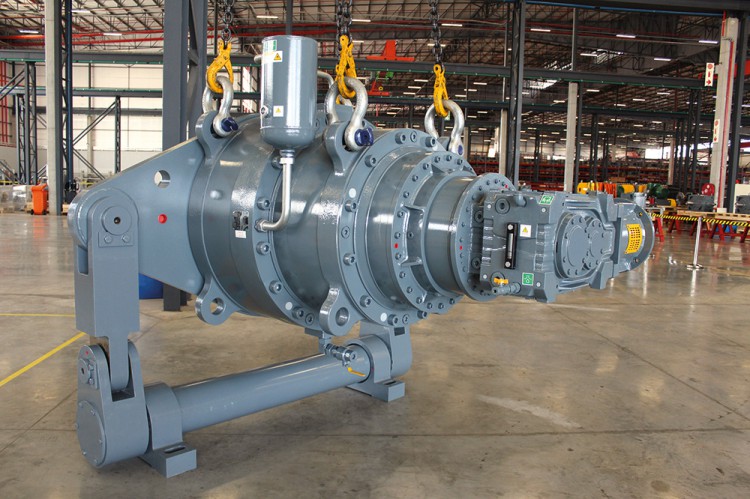 Revolutionising sugar mill efficiency: Mill Gears unveils world’s largest gearbox
Revolutionising sugar mill efficiency: Mill Gears unveils world’s largest gearbox
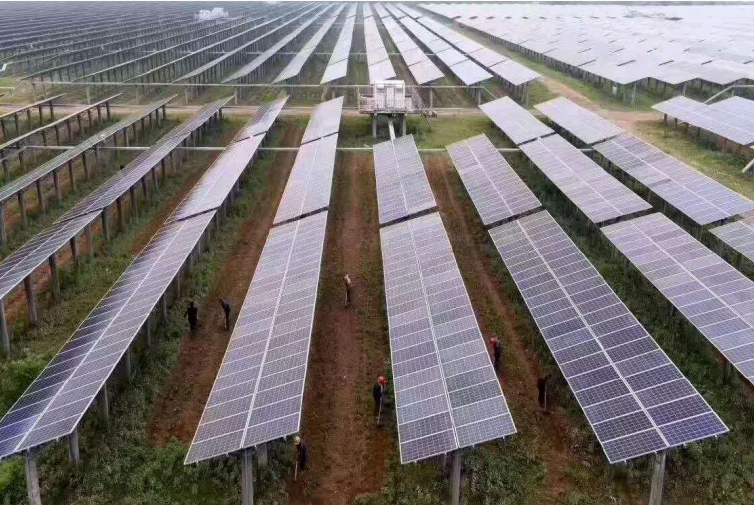 who are the leaders in solar trackers for the power industry?
who are the leaders in solar trackers for the power industry?
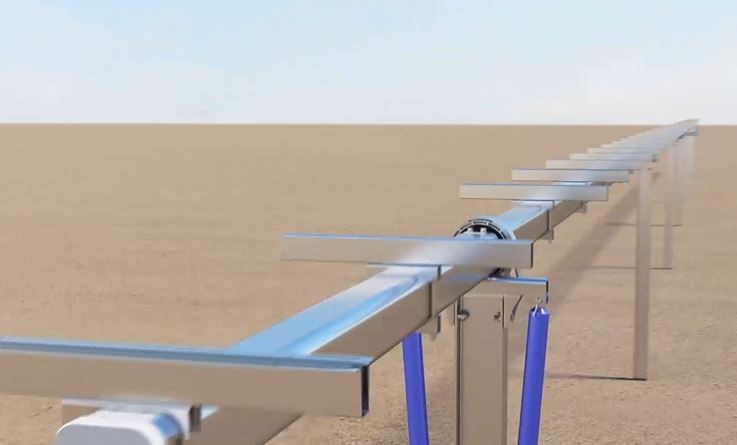 Trina releases new version of Vanguard 1P solar tracker
Trina releases new version of Vanguard 1P solar tracker
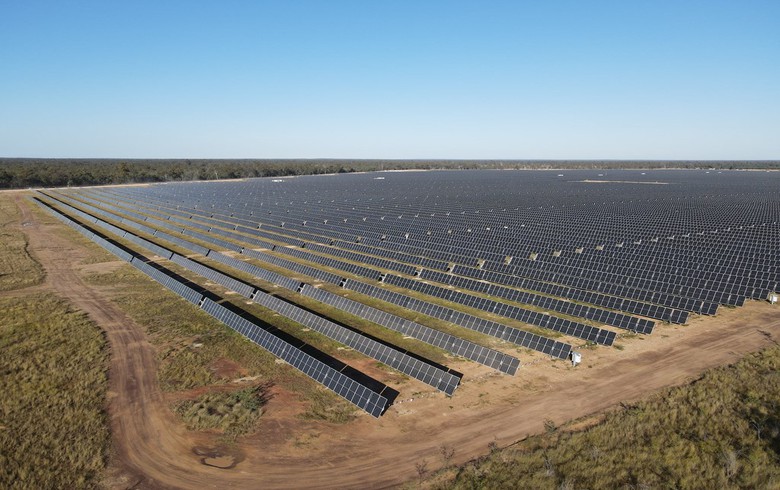 GameChange Solar Tests Tracking System for 40-Year Lifespan
GameChange Solar Tests Tracking System for 40-Year Lifespan